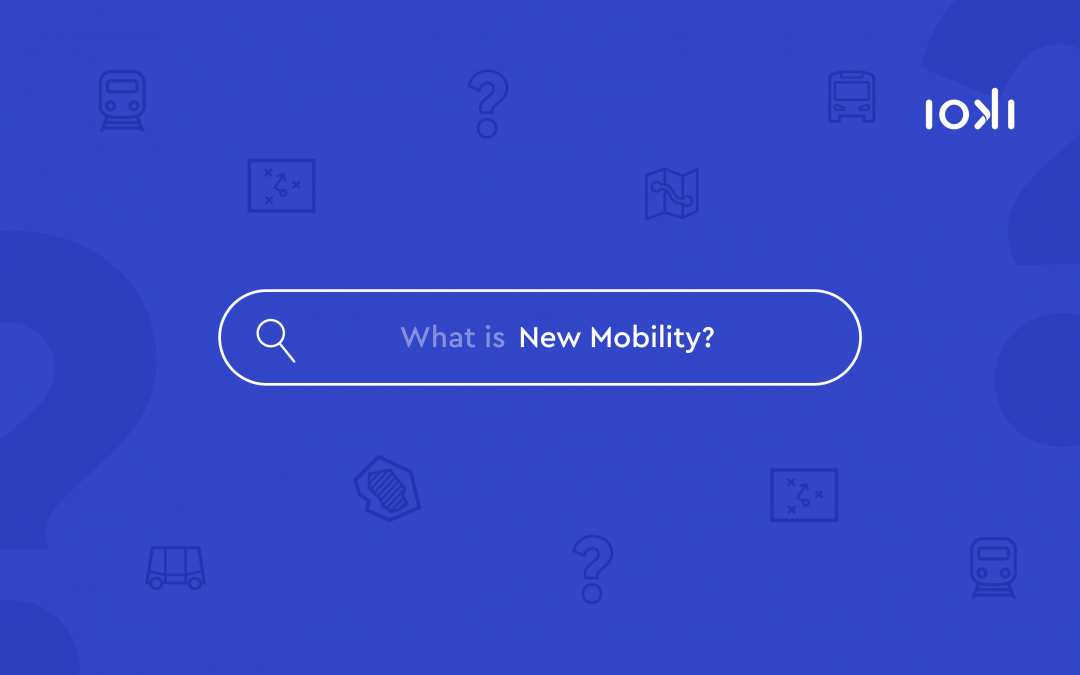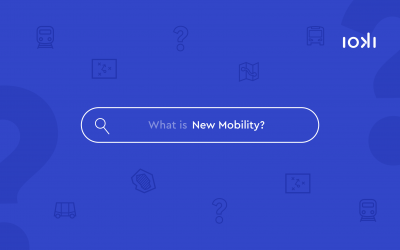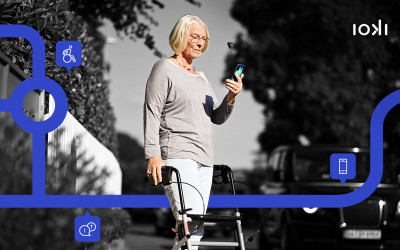A look at the Autonomous Vehicles Readiness Index (AVRI) 2019 can provide initial answers to the above questions. This report published by KPMG compares the progress made by 25 countries in implementing autonomous driving based on the criteria of policy/legislation, technology/innovation, infrastructure and customer acceptance. The index thus focuses less on the technological status quo and more on the legal and social framework. The list is currently headed by the Netherlands, followed by Singapore, Norway, America and Sweden. Germany is in eighth place in the ranking.
Networked and automated vehicles are currently being tested on several test tracks, for example in Hamburg, Berlin or Osnabrück. Toyota is even going one step further and is planning a «Living Laboratory«. In an experimental city with about 2,000 inhabitants, Toyota wants to create the framework for testing new technologies under real conditions. And what would be more suitable for such a laboratory than autonomous driving?
One question to be investigated on such test tracks is, for example: At what point do autonomous vehicles really start to drive safer than humans? Currently, vehicles with high levels of automation are still legally prohibited. There are also many unanswered questions with regard to the infrastructure. This is because autonomous vehicles are dependent on networked traffic light and traffic sign systems due to their sensor equipment. The transmission of this data in turn requires high-quality broadband networks. This year, VW wants to be the first automobile manufacturer to install the necessary car-to-infrastructure communication system as standard. In the same breath, the state of Lower Saxony is now devoting itself to the conversion of traffic light systems.
Concrete figures with a view to the future are provided by the ADAC together with the research institute Prognos. Only after 2040 does the ADAC expect to see a greater range of vehicles that can move around completely autonomously (including country roads).
By 2050, the ADAC then expects 70 percent of vehicles driving autonomously on the motorways.
For those who don’t want to wait until 2050 and want to experience an autonomous bus in action already now, we recommend a short trip to Bad Birnbach in Bavaria. There you can marvel at the first autonomous bus driving on public roads – and of course test it as well!



